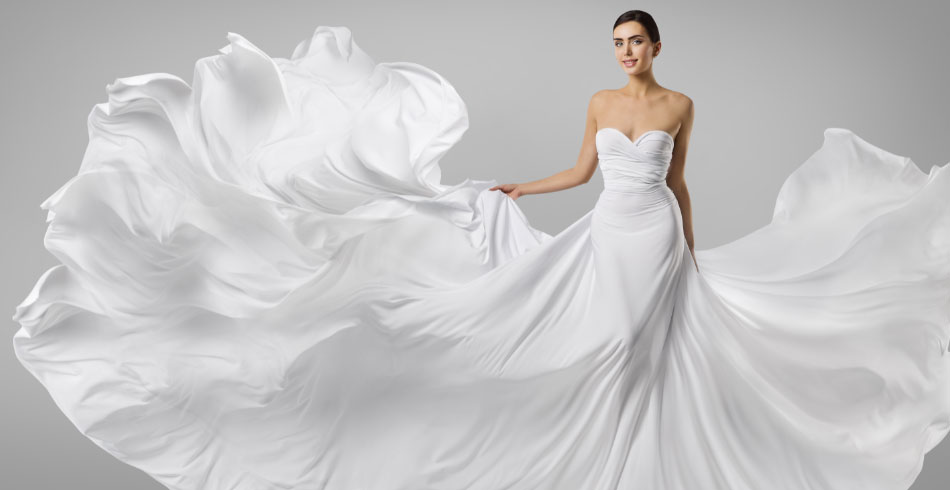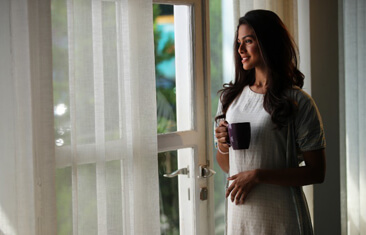Viscose - The Greater Fibre
December 08, 2020Clothing in current times has become a fashion statement reflecting the wearer's personality and the image one wants to convey. But this comes at a price to the environment as many resources are used in making these clothing and also when the useful life of the clothing is over they harm the environment. World over have seen a rising activism towards this and have led to many solutions like recycling and circular economy and how these negative impacts can be minimized.
Fibres are the basic raw material for the production of apparel. Typically, fibres are grouped into two broad categories. Natural fibres including cotton, wool, silk, hemp, jute etc. and Manmade fibres including polyester, nylons, acrylics. However, there is also a third category that exists between natural and synthetic fibres known as regenerated fibres i.e. Manmade Cellulosic Fibres (MMCF) such as viscose, modal, lyocell.
Regenerated cellulose fibres, commonly called viscose or rayon, are not new to the world of textile fibres but they are probably the most misunderstood of all fibres. The viscose fibre is made by chemically dissolving the wood based cellulose and then rebuilding it in the form of fibre that can be used as a textile.
Responsible suppliers source the raw material for MMCF from sustainably managed forests and produced by using closed loop manufacturing process which reduces the impact on natural resources. At the end of lifecycle, these fibres are biodegradable and compostable.
Below are some of the key sustainability and performance attributes that differentiate responsibly made MMCF.
SUPERIOR FROM ENVIRONMENTAL PERSPECTIVE
- Made from renewable natural source
Viscose is made from wood, a fully renewable natural sources. Sustainably managed forests not only continually regenerate the raw material, but also act as great sinks for the absorption of GHG emissions. - Lower water use compared to other natural fibres
Water scarcity is one of the biggest societal concerns. Two thirds of the world’s population live in water deficient areas. Other natural fibres consume large amounts of water during cultivation, viscose on the other hand, is wood based and needs a small fraction of water. - Land Use
With an increasing population and the subsequent food demand, arable land will become more limited and this will challenge society’s ability to supply adequate food in the future. Viscose uses a small fraction of land compared to natural fibres. - Land and Water Pollution due to chemicals and fertilizers
The raw material for viscose – wood – does not require added fertilizers or pesticides. The fertilizers and chemicals necessary for other natural fibres have the potential to runoff and cause significant pollution to land and groundwater. - End of Life
Viscose is fully biodegradable and compostable so doesn’t harm human and environment health including marine life. Synthetic garments do not biodegrade and are now recognized as causing pollution marine pollution. - Circularity
Newer technologies are utilizing pre- and post-consumer waste as a feedstock for producing viscose fibre. This offers the opportunity for circularity for the cellulose value chain.
SUPERIOR FROM A PRODUCT ATTRIBUTE PERSPECTIVE
- Outstanding Comfort & Style
Viscose is way ahead of other fibres when it comes to comfort and fashion. Breathability and moisture absorption of viscose is much higher than the other natural cellulosic fibres. The fibre is lightweight, inspires soft drapes and effortless style. Viscose fibres are easy to style due to their color range, brilliant luster and good drape. - Distinctable
Viscose derives good qualities of both man-made and natural fibres. Like synthetic fibres, viscose has lustre and can be styled easily. At the same time, it is based on a natural renewable raw material. - Blendability
Viscose is one of the most easily blendable fibre options. It blends easily with natural as well as synthetic fibres enhancing their characteristics. It lends a luxurious feel to other fibres.
SUPERIOR IN VERSATILITY OF APPLICATIONS
- Viscose is also technologically versatile fibre. It can run on all types of technologies - conventional as well as modern spinning techniques like Ring Spinning, Open End, and Air Jet.
- Viscose based yarns have a large number of applications ranging from apparel, home textiles like carpets, upholstery, etc.
- Viscose is a preferred choice for nonwoven wipes due to its high absorbency and ecofriendly properties and comfortable in next-to-skin applications.
MORE SUSTAINABLE FASHION YET AFFORDABLE
Conventional wisdom has been that products that are made of more sustainable materials are much more expensive or lack the performance expected in today’s fashions. Viscose fibres offer many sustainability advantages over natural and synthetic fibres and have high quality performance characteristics necessary in higher fashion while still being at an affordable price.









